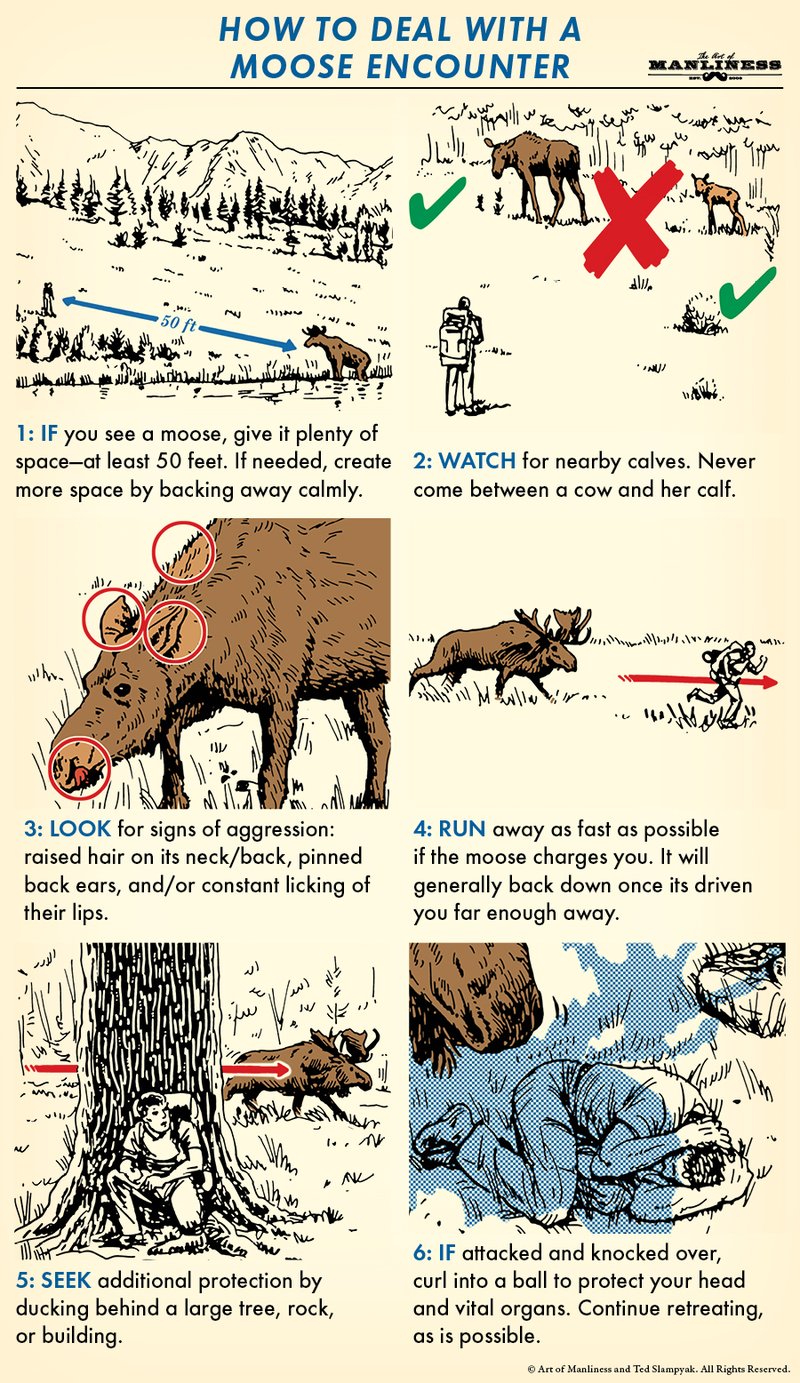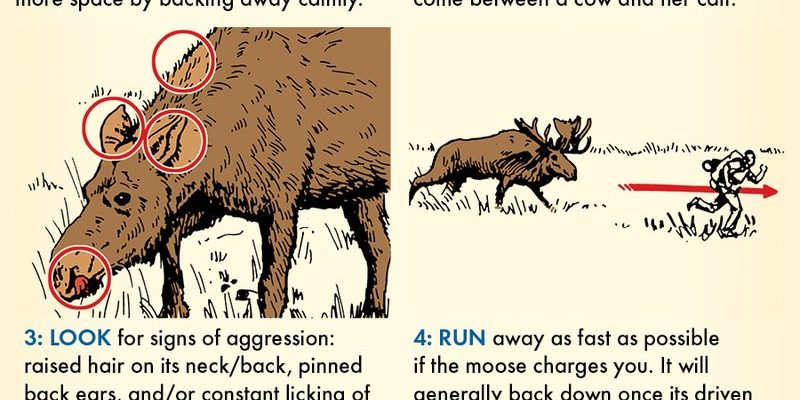
So, what’s the best way to handle a moose encounter? Picture this: you’re not just a visitor in their home; you’re navigating their territory. You want to respect their space while making sure you stay safe. Just like when you’re troubleshooting a remote control for your TV, it’s essential to follow a few straightforward steps to ensure everything goes smoothly. Let’s dive into the best practices for handling a moose sighting in the wild.
Understanding Moose Behavior
Before diving into the do’s and don’ts, it’s essential to understand moose behavior. These large mammals can weigh between 600 and 1,200 pounds, and their towering antlers can span up to six feet wide! But despite their size, moose are generally calm and prefer to avoid confrontation. However, they can feel threatened, especially during the mating season or if a mother is with her calf. Knowing this can help you gauge the situation.
Moose often graze in areas near water sources, so if you find yourself near a lake or river, keep an eye out. They love munching on aquatic plants and are usually more active in the early morning and late afternoon. Understanding their habits will help you avoid surprising them—and you definitely don’t want to startle a moose!
Keep in mind that a moose’s body language can tell you a lot. If you see one with its ears perked up and its head raised, it’s likely alert. If it starts stomping its feet or snorting, it’s a clear sign that it feels threatened. Watch for these behaviors as you navigate the wild, and always respect their space.
Stay Calm and Assess the Situation
You might be wondering, “What should I do if I see a moose?” First off, stay calm. Panicking can lead to rash decisions, which could put you in danger. Take a moment to assess the situation. Is the moose aware of your presence? Is it moving towards you or standing still?
If the moose is grazing peacefully, it might not be interested in you at all. In this case, it’s best to back away slowly and quietly. Moose have poor eyesight but can hear and smell very well. They might notice you if you create too much noise or sudden movements. So, think of yourself as a silent observer, enjoying the moment from a distance.
However, if the moose starts moving in your direction or shows signs of agitation, it’s a different story. Your safety becomes the top priority. Prepare to retreat slowly, maintaining your calm demeanor. Remember, don’t run. Running may trigger their instinct to chase.
Keep Your Distance
The golden rule in wildlife encounters is to keep your distance. Moose are not aggressive creatures by nature, but they can become defensive if they feel threatened. Ideally, you should stay at least 50 yards away from a moose. This distance allows them to feel secure while giving you a buffer zone for your safety.
If you’re hiking in a group, ensure everyone understands the importance of maintaining distance. It’s easy to get excited and want a closer look, but remember, *respecting their space means respecting your own safety*. Moose can easily outrun a human over short distances, so don’t let curiosity get the best of you.
Also, if you’re traveling with your pet, keep them on a leash. Moose can sometimes perceive dogs as threats, which could lead to a dangerous situation for you and your furry friend. Better safe than sorry!
What To Do If The Moose Approaches You
So, let’s say the unexpected happens, and the moose decides to approach you. Don’t panic! Instead, slowly back away while keeping a watchful eye on its movements. Here’s what to keep in mind:
- Stay Calm: Your demeanor can affect the moose’s behavior. Remain calm and composed.
- Retreat: Back away slowly without turning your back on the moose. Maintain eye contact without staring them down.
- Find Safety: If nearby, move behind a tree or large rock to create a barrier between you and the moose.
If the moose continues to approach, you might have to prepare for a more significant escape. Look for an open area where you can move away safely. The last thing you want is to find yourself cornered with nowhere to go. Always have an exit plan in mind when venturing into moose territory.
When Moose Attack: Rare but Important
Though rare, moose attacks can happen. If a moose feels threatened, especially a mother with a calf, it might act defensively. Here’s how to handle a situation if a moose charges:
1. Find Shelter: Look for nearby trees or large rocks to hide behind. Moose can’t navigate tightly covered areas as easily as open spaces.
2. Stay Low: If you can’t find immediate shelter, crouch down and cover your head and neck with your arms. This position can help protect you from a potential collision.
3. Don’t Fight Back: Moose are incredibly powerful. Trying to fight back won’t help. Instead, focus on finding safety.
Remember that moose are not naturally aggressive toward humans. These encounters are often the result of misunderstandings or fear. Always respect their space and enjoy observing them from a safe distance.
Final Thoughts on Moose Encounters
Encountering a moose in the wild can be a breathtaking experience. Just remember to respect their space and follow the guidelines mentioned here. By staying calm, keeping your distance, and understanding their behavior, you can enjoy the beauty of these magnificent creatures without putting yourself in harm’s way.
So, the next time you lace up your hiking boots, feel free to explore the trails but do so with a pinch of awareness. With these tips in your back pocket, you can approach any moose encounter with confidence and safety in mind. Now, get out there and discover the beauty of nature—just keep those moose interactions friendly!

